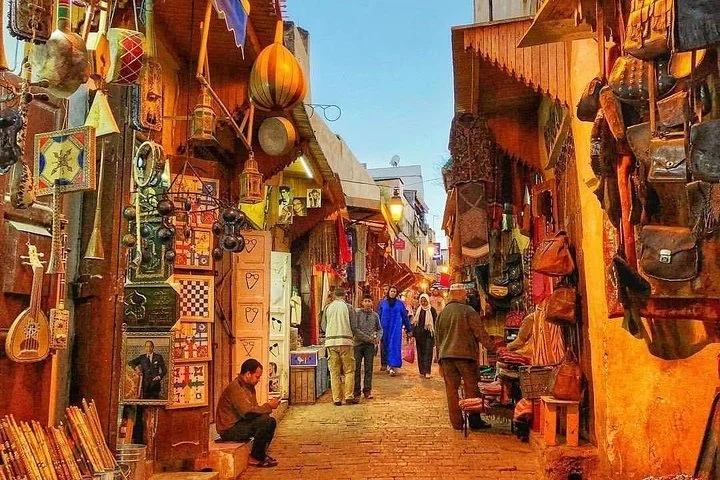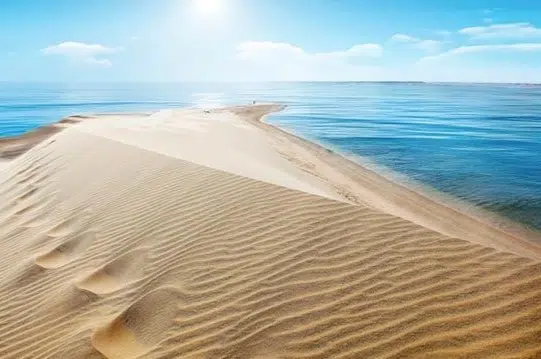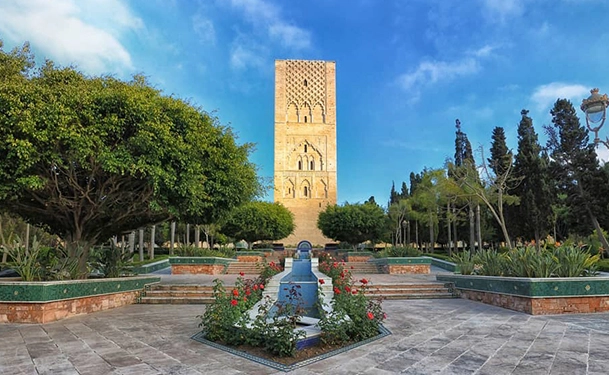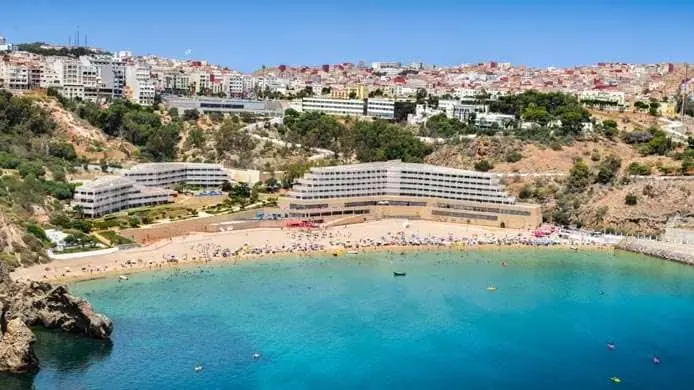The Medina of Meknes: Where Tradition Meets Modernity in Morocco’s Imperial City
Introduction
Nestled in the heart of northern Morocco, the Medina of Meknes is a place where time seems to pause, carrying visitors into a world that bridges the past and present. Surrounded by monumental walls and rich in heritage, this imperial city offers a unique atmosphere in which traditional craftsmanship, bustling souks, and modern-day life coexist in harmony. From the charm of Place El-Hedime to the skilled hands of artisans and the fertile hinterlands that sustain the city, Meknes remains one of Morocco’s most authentic destinations for culture and history lovers.
A Living Museum of Craftsmanship
Walking through the narrow alleys of the Meknes Medina, you are immediately immersed in the sights, sounds, and scents of Moroccan tradition. The medina is more than just a collection of winding streets it is a living museum where generations of artisans continue to practice centuries-old crafts.
Damascening: The Art of Metal Inlay
One of the city’s most renowned crafts is damascening, the intricate art of decorating metal objects with gold or silver inlays. In small workshops, master craftsmen shape vases, plates, and jewelry, transforming them into dazzling pieces that reflect both patience and skill. These objects, decorated with floral motifs or geometric patterns, are not only treasured souvenirs but also timeless works of art that embody the spirit of Moroccan creativity.
Embroidery and Tannery: Traditions Passed Down Generations
Another highlight of the medina is its embroidery workshops. Skilled women, often working in family ateliers, create delicate fabrics adorned with colorful threads. These embroidered textiles are widely used in Moroccan clothing, tablecloths, and decorative items, preserving a craft that has been transmitted from mother to daughter for centuries.
The tanneries of Meknes also stand out as an emblem of the city’s traditional heritage. Here, leather is treated and dyed using natural methods, producing high-quality bags, slippers, and belts. The strong smell of the tanning process may surprise visitors, but the results are unmatched in authenticity.
Place El-Hedime: The Beating Heart of Meknes
At the center of the medina lies Place El-Hedime, a bustling square that serves as the cultural and commercial hub of Meknes. Comparable in atmosphere to Marrakech’s Jemaa El-Fna, this vibrant plaza is lined with cafés, souks, and street vendors offering everything from spices to handicrafts.
As you wander through the square, you will discover shops overflowing with local goods:
- Handwoven rugs displaying Berber patterns.
- Brass lanterns casting magical shadows.
- Ceramic plates and bowls painted in vivid colors.
- Traditional Moroccan slippers known as babouches.
By day, Place El-Hedime is alive with bargaining and chatter, while at night it transforms into a stage for storytellers, musicians, and street performers, offering visitors a glimpse of Morocco’s living traditions.
Beyond the Medina: A Fertile Hinterland
While the medina captivates with its artisanal wonders, the hinterland of Meknes reveals another side of the city its agricultural wealth. Known as Morocco’s “green belt,” the region surrounding Meknes boasts fertile lands nourished by a favorable climate.
Vineyards and Olive Groves
The fertile plains around Meknes are dotted with vineyards, olive groves, and orchards. This area is recognized as one of Morocco’s most productive agricultural zones. Visitors can tour local wineries to sample Moroccan wines, which have been gaining international recognition, or enjoy the rich flavors of olive oil pressed from local groves.
Orchards and Traditional Produce
Seasonal fruits such as apples, plums, and peaches thrive in the region, providing both locals and visitors with fresh produce. Many of these fruits find their way to the bustling markets of the medina, where their fragrance blends with the aroma of spices, mint, and freshly baked bread.
The Charm of Meknes as an Imperial City
Meknes holds a special place in Moroccan history as one of the four imperial cities, alongside Marrakech, Fes, and Rabat. Founded in the 11th century, it reached its golden age under Sultan Moulay Ismail in the 17th century, when it became Morocco’s capital.
The medina’s architecture reflects this imperial past, with monumental gates such as Bab Mansour, palaces, and mosques that testify to Meknes’ grandeur. Yet what makes Meknes truly special is how this imperial heritage blends seamlessly with its artisanal and agricultural traditions, offering travelers an experience that feels both majestic and down-to-earth.
Why Visit the Medina of Meknes?
The Medina of Meknes is not just a tourist destination; it is a cultural journey. Visitors can:
- Explore authentic souks and craft workshops.
- Admire unique architectural treasures.
- Taste local flavors from olives to traditional Moroccan sweets.
- Enjoy the friendliness and hospitality of locals.
For those seeking a more authentic Moroccan experience, away from the larger crowds of Marrakech or Fes, Meknes offers the perfect balance of history, culture, and relaxation.
Conclusion
The Medina of Meknes is a place where traditional craftsmanship and modern life blend seamlessly. From the intricate art of damascening to the lively energy of Place El-Hedime, from fertile vineyards to ancient gates, every corner of this city tells a story of heritage and resilience.
Whether you come in search of souvenirs, cultural immersion, or simply to stroll through its timeless streets, Meknes promises an unforgettable journey into Morocco’s soul. Here, in the “Imperial City of Craftsmen,” you will not only witness the past but also experience how it continues to shape the present.




